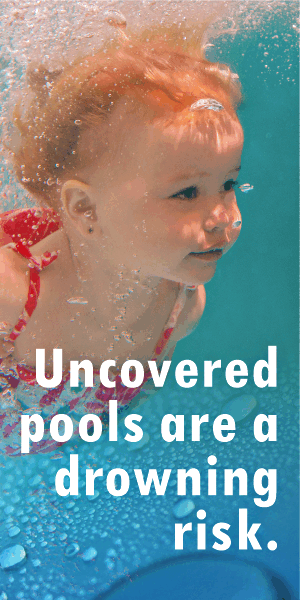
Raising Money-Smart Children is Every Parent’s Responsibility
“Money doesn’t grow on trees.” How often did you hear this saying when as a child you wanted a treat or a shiny new toy? As a parent, how many times have you responded with this very phrase to your own child? While the saying is an extremely common response to children’s demands, parents shouldn’t miss the opportunity to teach their children about basic money matters. Raising money-savvy children has been made easy by the many free resources and financial education tools now available. Lack of financial literacy and understanding can severely impact how South Africans manage their money. The 2018 Old Mutual Savings & Investment Monitor found that out of a group of 10 metropolitan working South Africans, only six say they are satisfied with their current financial situation. Whether our children grow up to be business leaders, biochemists, architects, chefs or entrepreneurs, they’ll need to balance household budgets and plan financially for their goals and dreams. This is why it’s so important to lay a good foundation when it comes to money matters from a young age. With my own children – who are aged 10 and 12 – I always have honest conversations about our money, whether it’s planning big purchases like a new car or what kind of holiday we can afford. This teaches them an important lesson about living within your means. Here are four ways to get the money conversation going. Income vs expenses Speak to your child about the importance of making ends meet and explain the relationship between income and expenses. Highlight the importance of being realistic about your money situation and help them draw up a simple budget to manage their money. Make earning interest an exciting thing to do Help your children understand the advantages of saving for the things they want in life (rather than paying them off) by introducing them to the concept of earning interest. Explain how compound interest helps your savings to grow. Also explain the flip side of compound interest: how it can make borrowed money (debt) spiral out of control. Help them set money goals The next time your child asks for the latest Playstation or mountain bike, have a conversation about setting money goals and creating a plan to achieve them – and emphasise the importance of sticking to your plan! This will help them understand that good money habits matter. Teach them about real money The cashless world of credit cards and smartphone payment apps can make the act of paying very abstract and intangible. Next time you’re paying with your card or smartphone, talk to your child about basic banking concepts. Point out that paying with a credit card simply means you have to repay your bank later – probably with interest. Explain how technology has made it easy to pay for goods, but also easy to get into debt. Remember actions speak louder than words, and it’s your own money habits that will most influence your child’s relationship with money. Upskill yourself to stay in the know. Know better, and do better. The growing trend to sign up to open online courses like Old Mutual’s Moneyversity and free apps like 22Seven means we can all access information on how to manage our money responsibly and wisely – and then act on it.


































